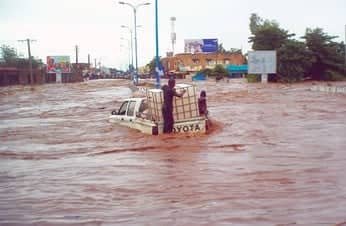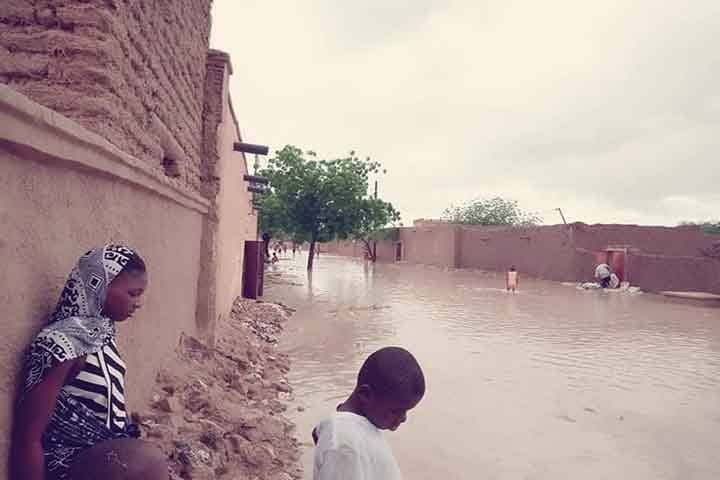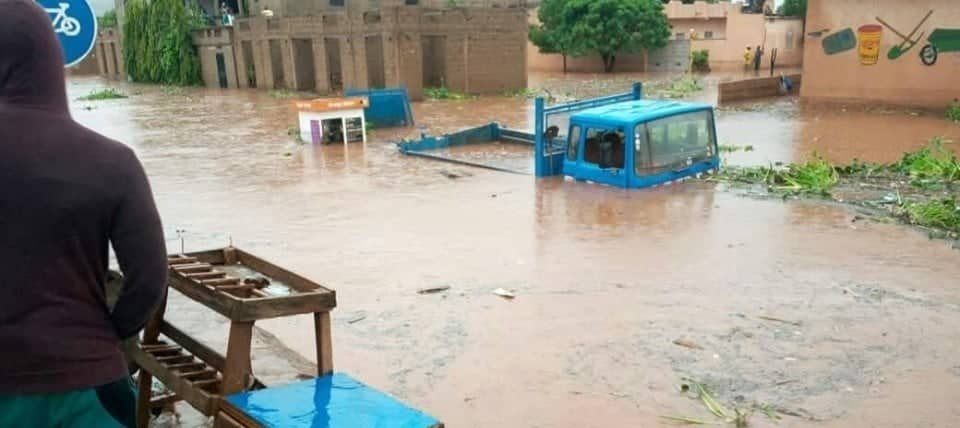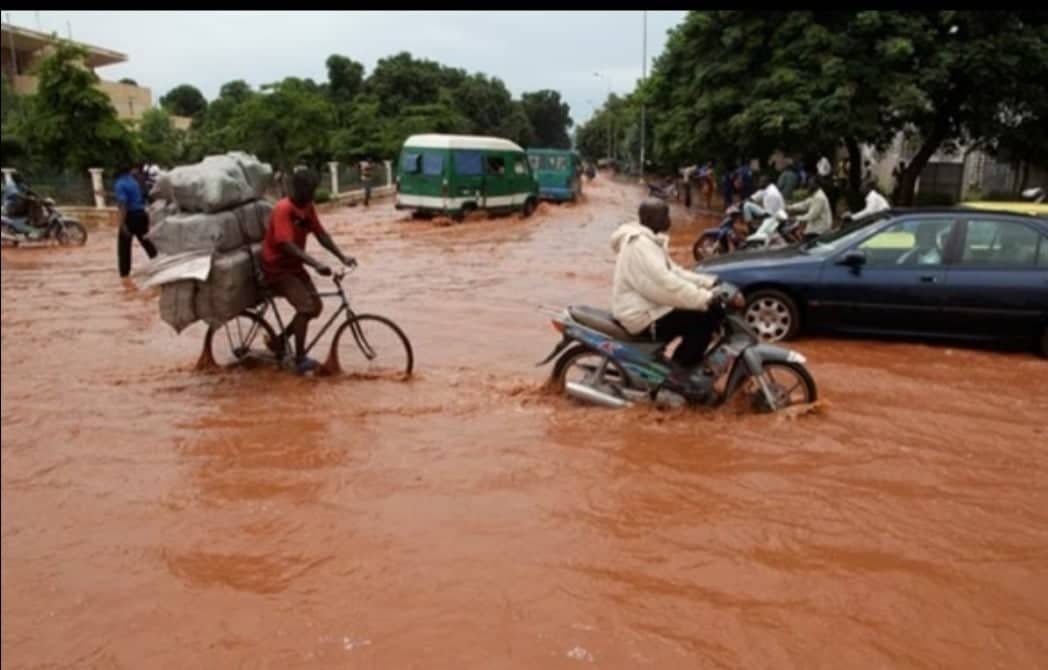By Hindaty Traore, Girls’ Project Manager
This year, heavy rains have caused flooding and landslides across Mali including in urban areas. This increases the high risk of flooding that can lead to loss of crops and material goods in exposed localities. Unfortunately, this flooding is exactly what we have seen recently in many parts of Mali.
We were lucky that the partner villages of Mali Rising Foundation have not been affected for the moment by these heavy rains. But there are some areas that have been dramatically harmed. In these affected areas, the rains destroyed or damaged more than 5,800 homes (source: television news) and caused the collapse of schools, medical care centers, grain granaries and shops — for example in the region of Ségou, circle of Niono. In this area, there was heavy rain that destroyed a lot of materials and mud houses but fortunately caused no loss of human life.




Despite its short duration of three months – between June and August — the rainy season has grown increasingly deadly over the past three years in Mali, including in the northern desert areas. There are now floods in Mali almost every year. The inhabitants of the houses collapsed by the rain are forced to settle in the classrooms of schools for emergency shelter. This is why the opening of schools in Mali are always done in October — it allows people to have a place to sleep while waiting to get their house back.
But this year thanks to the efforts of the authorities, many towns and villages have not been affected by floods. They renovated the gutters and the roads so that the water did less damage this year compared to last year when it was catastrophic.
Personally, I am glad to be safe and dry. I’m equally glad that with school closed for the summer I am not out on the muddy roads trying to reach our villages!

